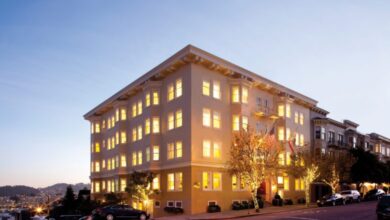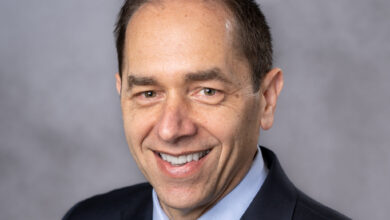Maximizing Revenues Starts With Prearrival Tech
By Larry Mogelonsky | November 16, 2020
We’re now in the long tail of the pandemic. Our properties have upgraded our safety protocols to prevent the spread of COVID-19, but groups and corporate clients will still take some time to trickle back to their pre-pandemic levels. This means a reliance on leisure—local, regional, staycations, workcations and so on—thereby making clear the need to maximizing what revenue you can capture from each guest instead of relying on boosting occupancy to stay out of the red.
When we consider optimizing revenues on a ‘per guest basis,’ the most useful metric to organize any discussion around is RevPAG—revenue per available guest—which is an obvious counterthought to RevPAR. Also referred to as total revenue per available guest (TRevPAR), this measurement involves the holistic analysis of all touchpoints in the hotel customer journey including guestrooms, F&B, spa, parking, golf, activities, gift shop and any other chargeable amenity. To prevent any confusion, let’s stick with the RevPAG acronym in lieu of TRevPAR.
In today’s hospitality landscape, leisure guests want privacy. They want their vacations to be an end-to-end contactless experience. Hence, the only way to generate more ancillary capture is through the deployment of integrated technologies so that the purchase of any amenity is made as easy and as frictionless as possible, all without burdening a hotel’s already overworked teams. Customers now demand a seamless booking engine through which they can reserve guestrooms as well as dining, spa treatments or even third-party activities. It all has to be online, and the only way to make this work is by connecting it all to the core of your tech stack, the PMS.
Many hotels have already addressed the new demand for this frictionless self-serve behavior with guest messaging apps, self-check-in or check-out, mobile room keys and a myriad of other software integrations. While these features are essential for safe operations, most aren’t prompting or encouraging guests to spend more. Hence, once the more immediate concerns for COVID are resolved, hoteliers must find ways to optimize revenues from the currently limited pool of customers.
There are other benefits to cajoling your guests to book more ancillary reservations from the prearrival stage. For one, with physical distancing measures in place, such prearrival prompting has worked to ensure that hotel guests always have a spot at your restaurant without a reservationist or restaurant supervisor having to reach out individually in the week prior. Moreover, imagine a situation where hotel guests arriving on a busy Friday night are turned away from the restaurant downstairs because all available seats have been gobbled up by locals. Locking in the dining reservation early is thus a defensive move to preserve your guest satisfaction.
Whereas before there was some rigidity to properly integrating these points of sale directly with the PMS, the COVID crisis has brought to light a pressing need for holistic integrations like this. Making it easy for guests to book additional services in a contactless manner will not only heighten total revenues and give you deeper data from which to refine your future marketing approach, but it will also help rein in staff costs. This is in large part because manual transfer between disconnected systems is no longer necessary and more prearrival service arrangements will let you better forecast upcoming labor requirements.
As an essential caveat at this juncture, such tech upgrades designed to enhance RevPAG should in no way detract from a hotel’s continued commitment to proper sanitization and cleanliness. Rather, our hypothesis is that these safety promises have rapidly become guest expectations and will not act as core drivers for room bookings. Guest privacy and the ability to deliver a host of services via touchless software portals will, in fact, work to boost occupancy and overall customer satisfaction.
That is, there is a critical and often understated relationship between post-departure guest survey results and service utilization. The general trendline herein is that the more a visitor uses a hotel’s amenities, the more they will enjoy their stay. With this in mind, getting guests to eat at your restaurant, complete a spa treatment or sign up for a half-day activity will halo positively back onto the core product—the hotel’s rooms—in the form of improved online reviews, word of mouth and return visits.
My hope is that by explaining how important it is to now connect everything online, you’ll use the slower winter months ahead to map out what technologies you need to make it easier for guests to purchase your services in a contactless manner. Start with the PMS. Only then can you maximize total revenue and develop a healthier approach to operating in any travel marketplace, COVID or otherwise.






Get involved!
Comments